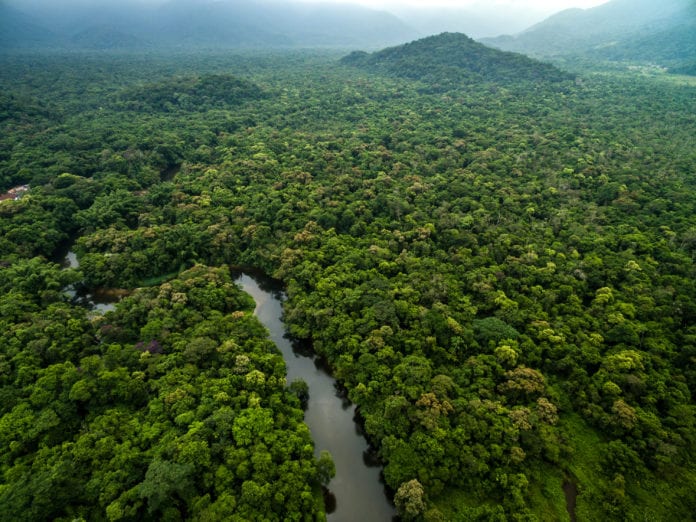New research that analyses the influence of the Amazon Forest basin on global climate change found that the Amazon forest is releasing more greenhouse gases than it stores in plants and soils. This could be due to fires, droughts, and land clearing. The research was published in Frontiers in Forests and Global Change.
This suggests that the forest is likely to warm the atmosphere of the earth rather than cooling it. The forests cannot be counted on anymore to deal with the greenhouse gas emission from human activities like the burning of fossil fuels, among many others.
Kristofer Covey, an ecologist and the lead author of the study from Skidmore College in New York told National Geographic, “Cutting [down] the forest is interfering with its carbon uptake; that’s a problem. But when you start to look at these other factors alongside CO2, it gets really hard to see how the net effect isn’t that the Amazon as a whole is really warming global climate.”
The loss of trees in the amazon forest is so severe that scientists have been worried that by 2035, it will release more CO2 than it can store. But CO2 is not the only contributor to climate change, and neither is the amazon forest simple to study. Nitrous Oxide (N2O) and Methane (CH4) are major contributing factors as well. Even though these gases don’t last long in the atmosphere like CO2, N2O traps 300 times more heat per molecule than CO2. The emission of these gases has increased in the past decades.
The changing amazon forest
The researchers studied the data on greenhouse gas emissions and the effect of human activities on the amazon basin to show how it is likely that the Amazon is worsening climate change by releasing more greenhouse gases than it can absorb.
A study like this of the Amazon basin hasn’t been conducted before, in which the full suite of forest climate interaction was studied. The authors of the study called this a “daunting task” and “the central challenge limiting our understanding of the Amazon’s global climate impact”.
The study also gets deep into details because even a small change in the amount of greenhouse gases soaked in or released by the Amazon forest and its soil has a massive impact on the entire ecosystem.
Droughts adversely affect the ability of amazon to absorb CO2 and increases the probability of wildfires. This turns trees into soot particles that absorb sunlight and hence lead to the warming of the atmosphere.
Along with this, deforestation triggered by industrialization clears thousands of square kilometres of land for mining and agriculture. This leads to the churning up of soils and changing rainfall patterns which increase the amount of sunlight reflected into the atmosphere filled with greenhouse gases.
Now, add to this dam building, seasonal flooding, extractive mining practices, severe storms, soil compaction for farmlands and grazing cattle which changes the forest and its emissions.
The researchers admit that there might be a large degree of uncertainty in their results, because of the unavailability of data from some parts of Amazon. With the available data, the results observed was that the amazon forest is releasing more greenhouse gases than it can store, leading to global warming.
Further Reading:


